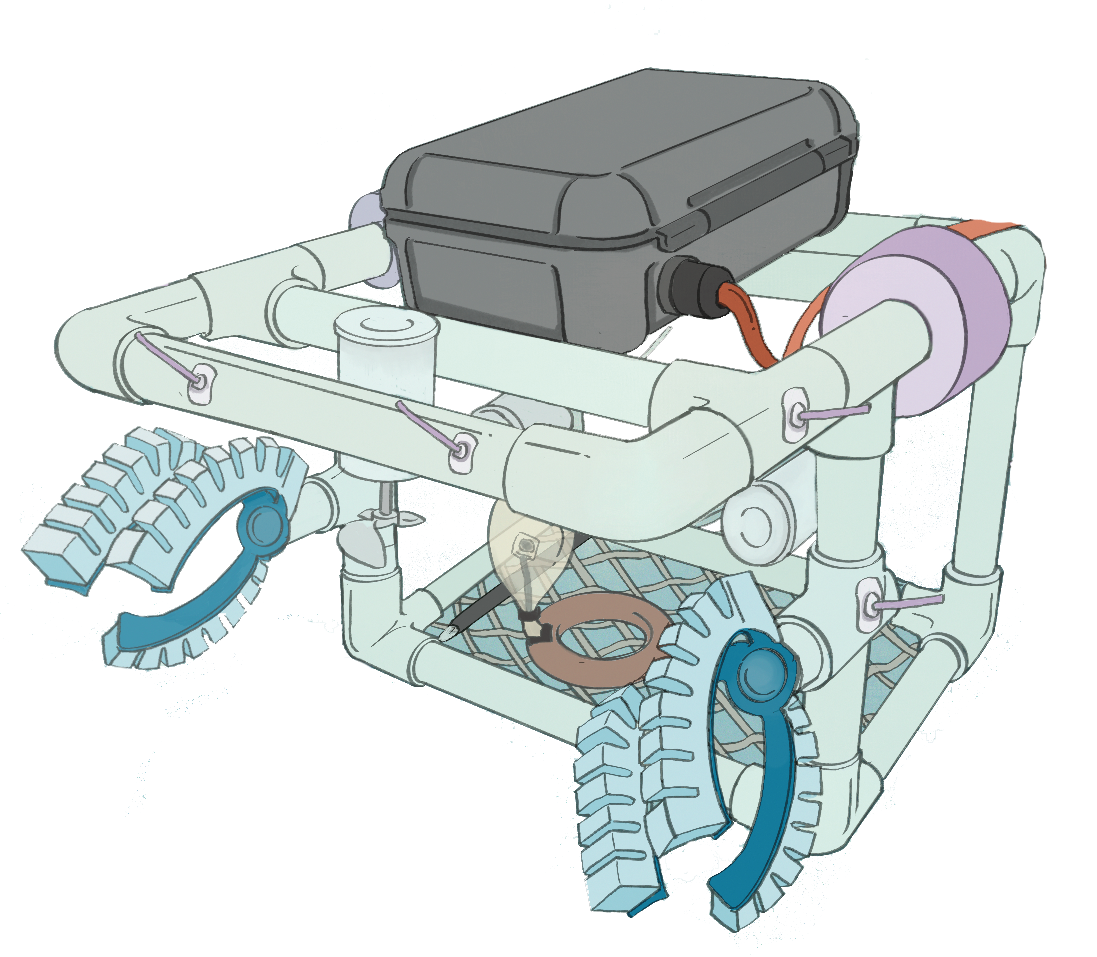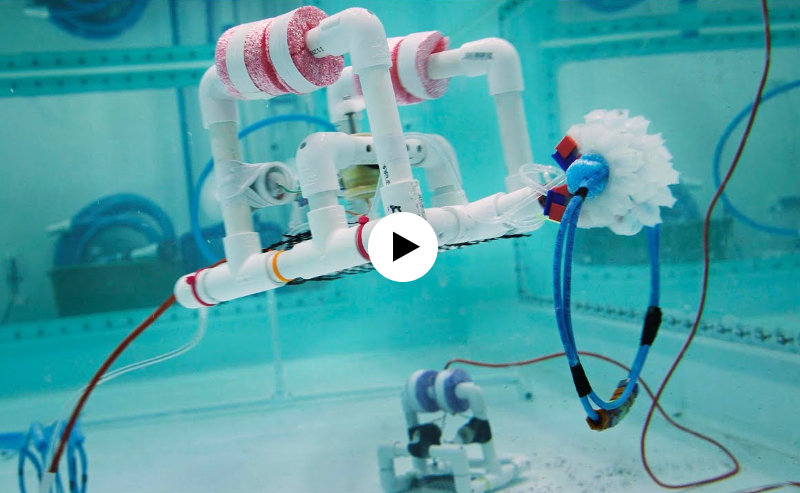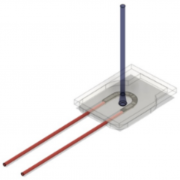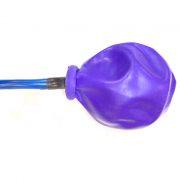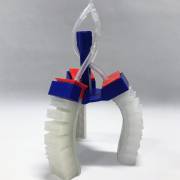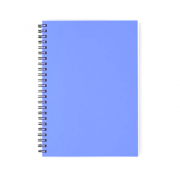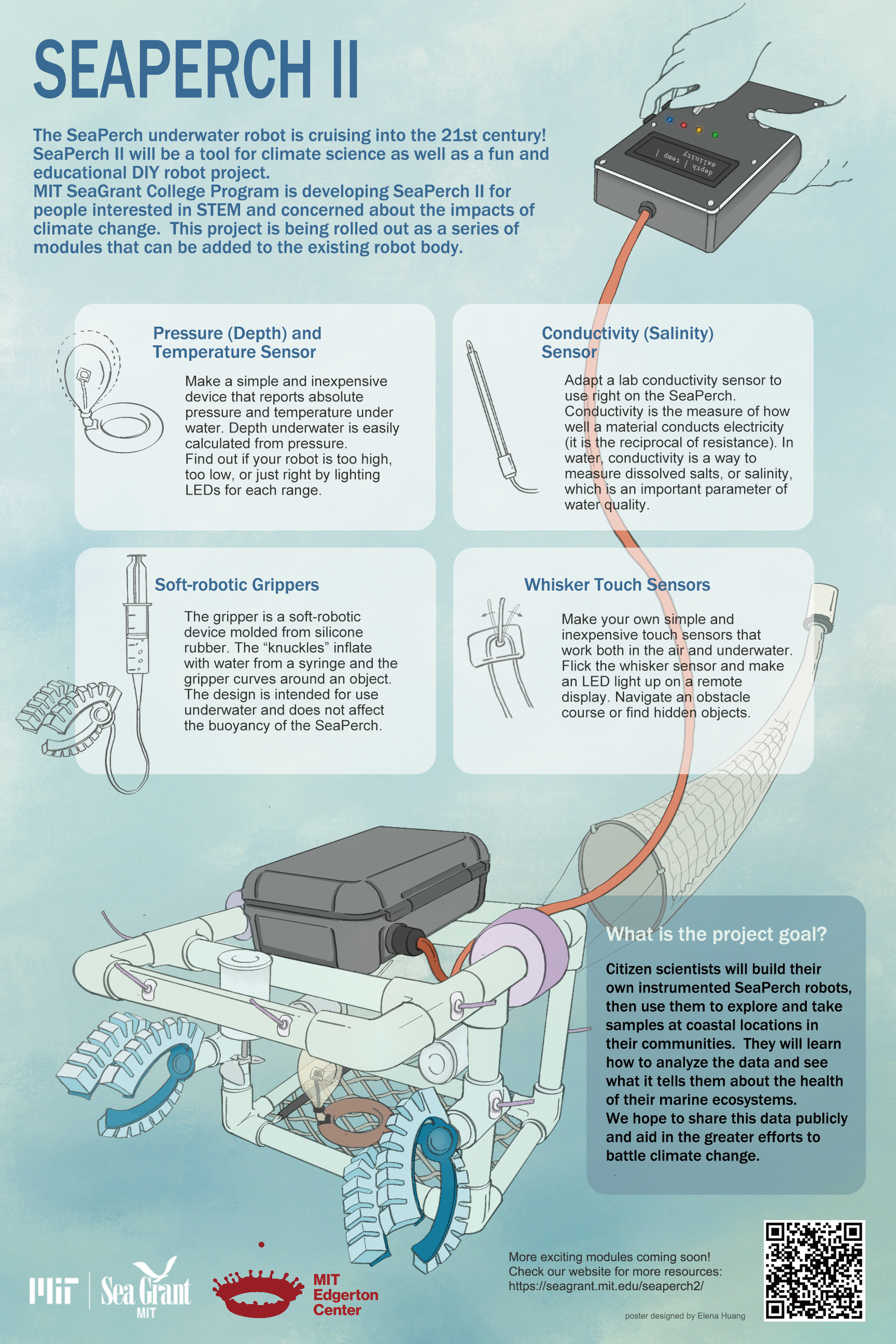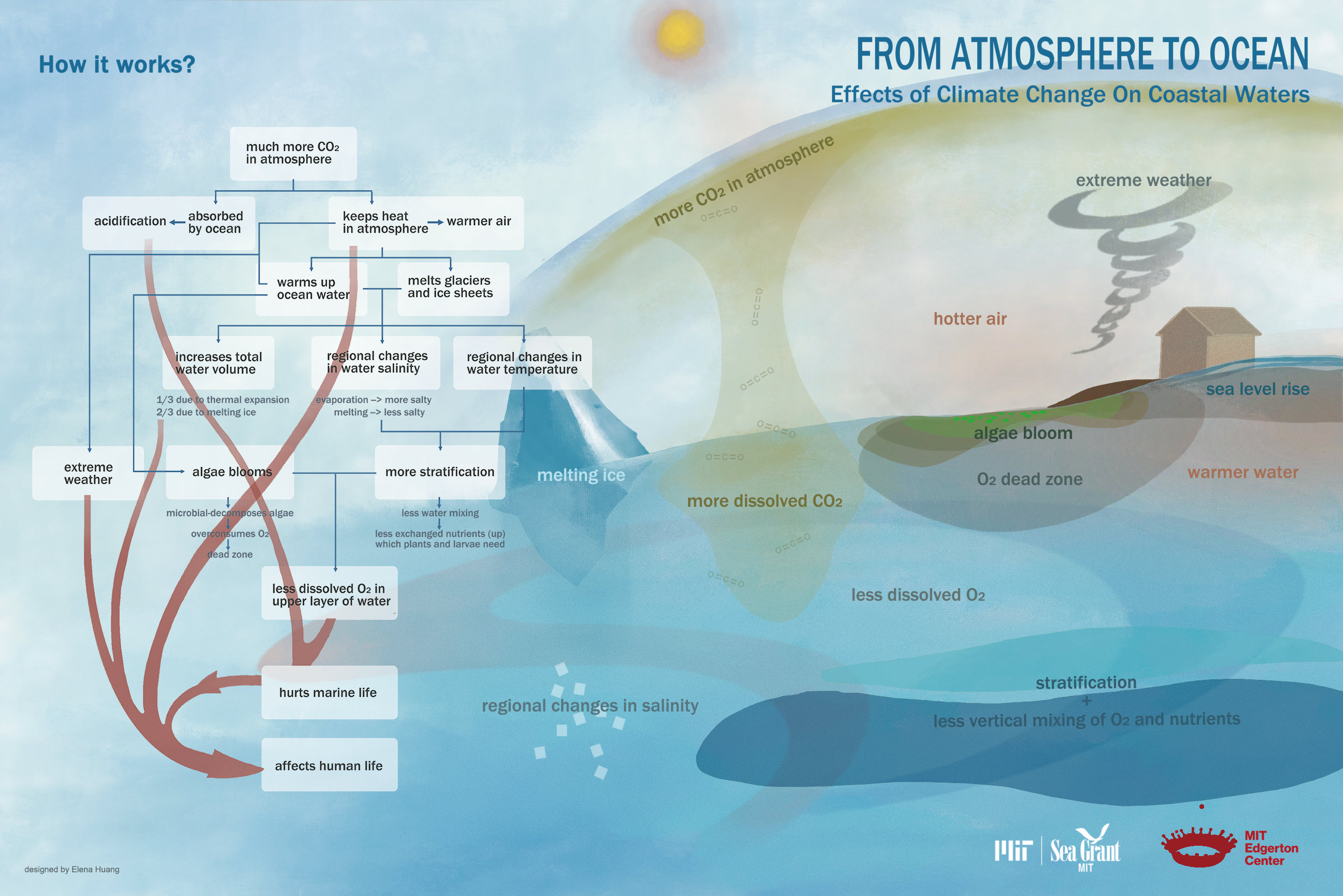BASIC SEAPERCH
Build Guide
MEET SEAPERCH
MIT News Story + Video
- Read the MIT News story, SeaPerch: A Robot with a Mission
- Watch the SeaPerch video by MIT Mechanical Engineering
- Learn more: SeaPerch 101
MODULE 1
Robot Whisker Sensor
MODULE 2
Pressure (Depth) + Temperature Sensor
MODULE 3
Gripper Guide
MODULE 4
Controller Box + Gripper Pump Switch
SCIENCE NOTES
Sci/Tech Notes by Topic
SURVEY
POSTERS
By Elena Huang
FUTURE MODULES
SPECIAL THANKS
Ansel Garcia-Langley (MIT MechE ’24)
Thao Do (MIT MechE ’25)
Teagan Sullivan (MIT ’26)
Elena Huang (MIT affiliate)
Alex Li and Leo Wang (Former UROPs)
Melissa Wen (Illustration at top of page)




